The Past and the Future of Czech Contemporary Circus
A new generation of artists naturally brings new artistic impulses and challenges. Czech contemporary circus professionals are actively developing their field and pushing the boundaries of their creativity. How can the current Czech scene grow in terms of aesthetics and production? And what can it offer to the Czech and international audiences? In this article, Veronika Jošková Stefanova explains the growth of the contemporary circus sector in the Czech Republic and its creative ability to combine commercial and experimental aspects.
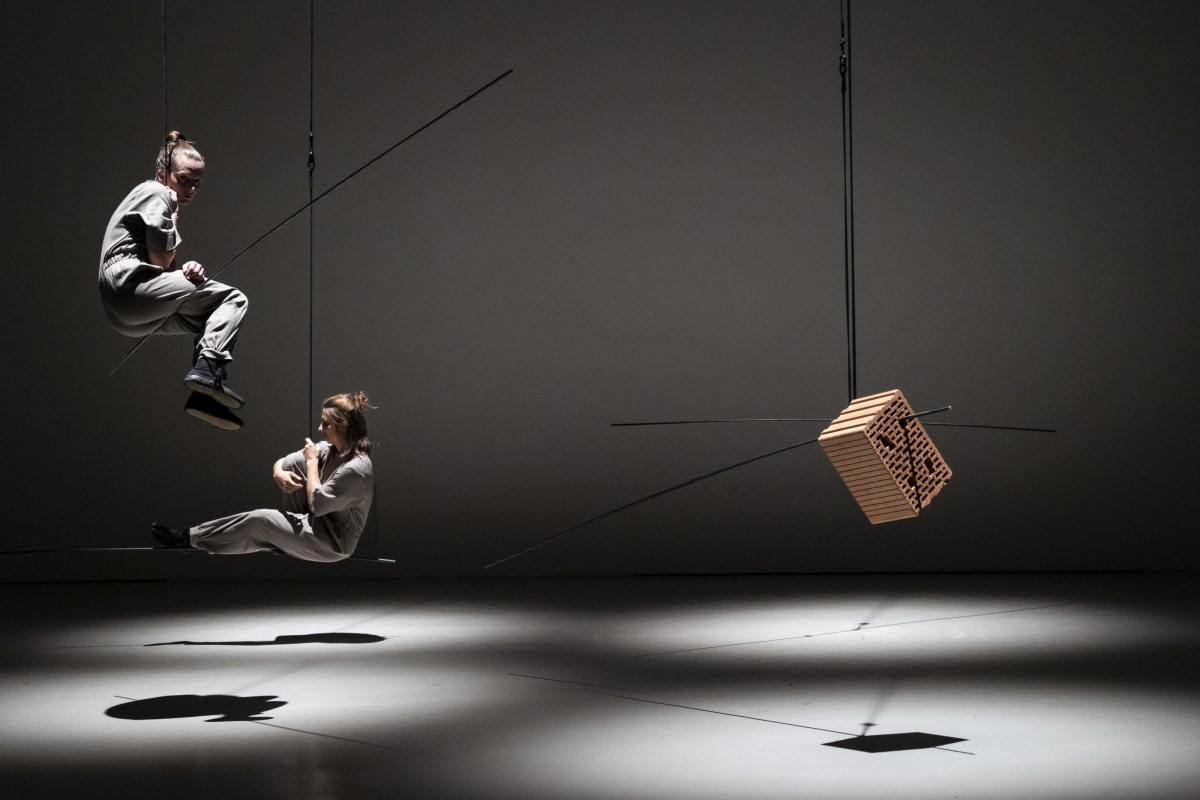
In the Czech performing arts world, contemporary circus is a dynamically evolving, attractive and successful art form supported by large audiences attending shows and festivals*. Therefore the sector can boldly look back at the decades of its history. In 2023, Letní Letná will present its 20th edition, while Cirkopolis, the younger festival of experimental circus performances, opened its 10th edition.
Gaining official recognition as a living art form in its own right has allowed the contemporary circus scene to receive all government financial support levels and foster its perception as a cultural activity. The genre engages a substantial audience with a sizable offer and is no longer a unified and coherent art as a “theatrical circus”, facilitating a theatrical metaphor. The current spectrum is broader and ranges from large commercial spectacles to independent experimental research-by-art projects.
Currently, the Czech art scene counts more than 20 professional contemporary circus companies and almost 20 festivals at least partially focused on contemporary circus. Over a dozen theatres and training centres regularly present performances and offer creative residencies for professional artists or regular courses for amateurs. Some festivals in Prague and the regions focus exclusively on contemporary circus or include various forms of physical theatre. With supporting creative co-productions and the consequent programming of shows, some circus elements appear in festivals dominated by dance dramaturgy.
The Czech audience has grown diverse: the mainstream audience prefers large productions, while others seek more intimate performances focused on crossover stage forms, combining circus arts with physical theatre, contemporary dance, and multimedia art.
From the pioneers to a big contemporary circus fun club
It has been the political liberalisation of 1989 that led to stronger international contemporary circus winds. The Kašpar Memorial Festival in Kolín, the Forman Brothers' Theatre (their La Baraque show in cooperation with Volière Dromesko), and later, the Continuo Theatre allowed the Czech audience to encounter a new stage form which eventually grew to be called "contemporary circus". However, it was only around 2010 that the number of Czech professional companies started increasing. At the time, a contemporary circus show became synonymous with "a thrilling experience", as frequently emphasised by the artists, festivals and circus venues.
Over the last 15 years, the Czech audience has grown diverse: the mainstream audience prefers large productions, foreign shows with acrobatic excellence and experimental forms, typically presented at major international festivals such as Letní Letná and Cirk-UFF. Others seek more intimate performances by Czech and foreign artists in multi-genre festivals focused on alternative and crossover stage forms, combining circus arts with the physical theatre, contemporary dance, and multimedia art, such as Cirkopolis or Fun Fatale.
Festivals as sources of inspiration shaping the audience's taste
The largest and one of the oldest festivals is Letní Letná - International Contemporary Circus and Theatre Festival, which presents current performances, often as Czech or Central-European premieres. Since 2011 - after featuring Wear It like a Crown by Cirkus Cirkör from Sweden - its audience started rapidly growing thanks to its solid programming. Letní Letná appeals to a broad audience attracting as many spectators as possible while offering a variety of genres ranging from more complex performances for both form and content (so-called alternative or experimental) and light genres (known as mainstream).
Appealing to a diverse audience has been the goal of the Trutnov festival Cirk-UFF organised by the UFFO centre. Since 2011 it included contemporary circus projects in a multifunctional theatre building, a circus tent, and the town centre streets, with premieres of Czech and international contemporary circus performances. UFFO centre is run by the Trutnov city hall introducing the genre to the regional audience who doesn't have as much access to it as the audience in the capital.
Cirkopolis represents a different type, an international contemporary circus festival organised by Cirqueon in cooperation with Palác Akropolis in Prague. Since 2014, with the vision of introducing young contemporary circus professionals to the Czech audience, the festival explores the diversity of styles mixed with dance and physical and visual theatre elements.
Residency centres and networks to expand creativity in the sector
In the past ten years, several non-profit centres offering circus education, pastime activities, or residency space for active artists have also emerged in Prague and the regions. They often collaborate directly with the festivals since their visitors are seen as potential audiences. An example of such infrastructure is Cirqueon, the Centre for Contemporary Circus, an umbrella organisation founded in 2008, which promotes national and international circus projects and offers production, consulting and administration services. It is also a contemporary circus training space fully adapted to its needs, with an expert library and a research study room.
The increasing demand for contemporary circus activities for professionals and youth practitioners created the need to expand. In the autumn of 2022, Cirqueon officially opened Cirqueon LAB, providing artists with additional facilities for training and workshops. Located in a former sugar factory, an industrial building from the beginning of the 20th century, Cirqueon LAB has already hosted masterclasses by companies like Claudio Stellato and Un Loup pour l'Homme**.
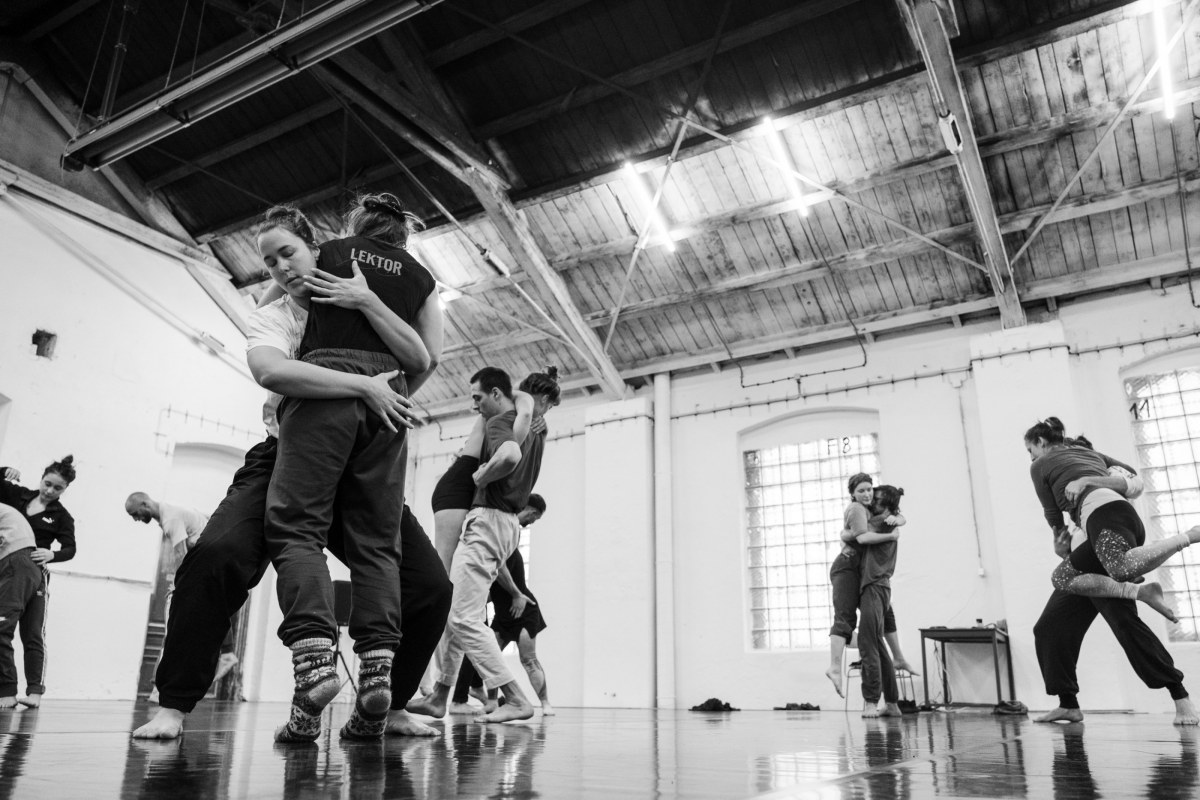
Fostering dialogue among the sector players, at the beginning of 2013, the Czech-Slovak platform Cirkonet is born, promoting support, development and professionalisation. The network conveys information and creates a space for sharing experiences with its members, offers educational opportunities and focuses on the advocacy of youth and social circus. A prominent entity in the field is also Jatka78, the home stage of the Czech circus company Cirk La Putyka in Prague, a space dedicated to contemporary circus, dance and non-verbal theatre. With the main activity of creating theatre projects and their subsequent presentation to the national audience, it also offers artistic residencies to Czech and international projects.
The commercial and experimental scenes have learned to work together rather than compete. The Czech artists' versatility follows this attitude, alternating the creation of solo circus projects to performing in large ensembles.
The coexistence of performances for a mass audience and experimental author projects
In the last 15 years, some large ensembles have been formed, such as Cirk La Putyka or Losers Cirque Company. In 10 years of activity, Cirk La Putyka created 20 projects, worked with over 300 people of 25 nationalities, gave over 1500 performances, and performed in 21 countries. Losers Cirque Company was officially founded in 2014 when it premiered its first collective production, The Losers. After their debut's success, founders Petr Horníček and Zdeněk Moravec approached performers, both dancers and acrobats, and founded their own United Arts production company.
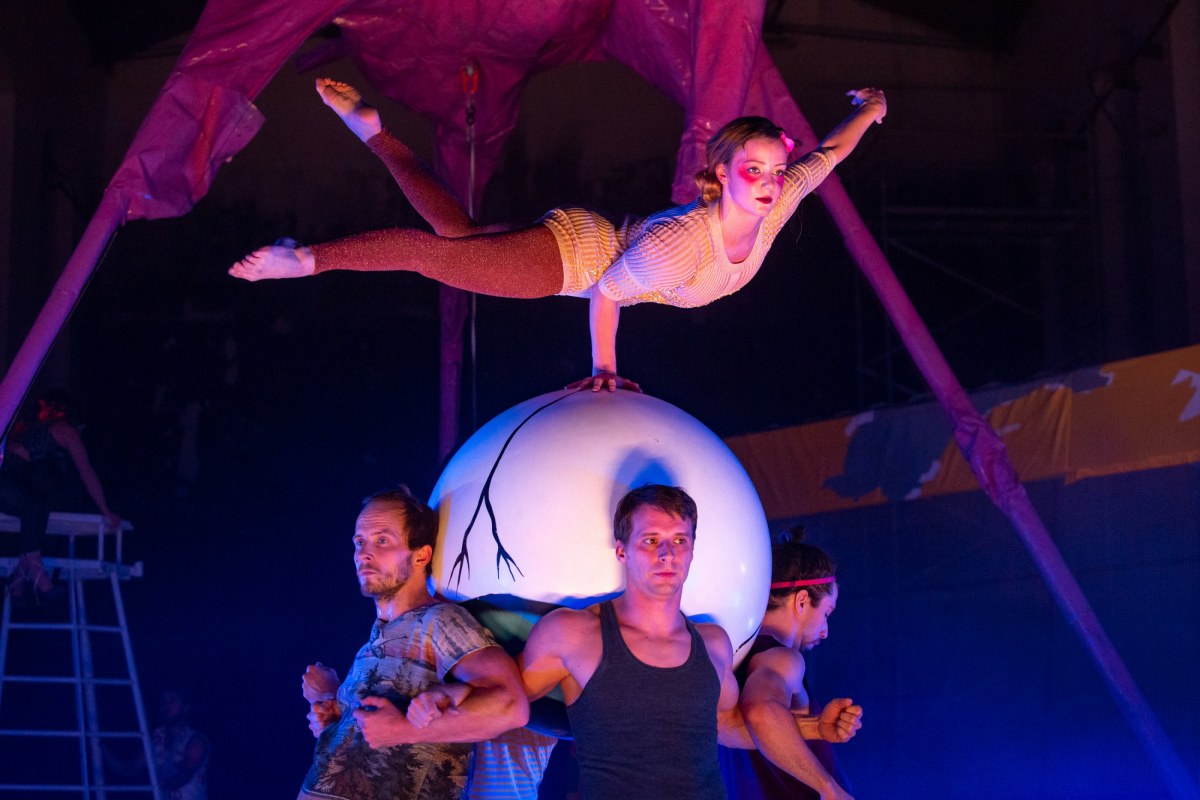
In the last years, some artistic projects have emerged as representatives of a distinct authorial approach to research, including fine arts, contemporary dance and physical theatre in their inspirations. Eliška Brtnická and her Circus Mlejn stand out, but also other artists recently graduated and returned to the Czech Republic, like the jugglers Filip Zahradnický and Aleš Hrdlička or aerialist Alžběta Tichá. Thanks to their foreign experiences in professional circus schools, this young and promising generation of artists bring new creative impulses to the national scene.
The commercial and experimental scenes have learned to work together rather than compete. The Czech artists' versatility follows this attitude, alternating the creation of solo circus projects to performing in large ensembles.
What's Next?
The future of contemporary circus seems bright in the Czech Republic. Although it is still a niche art field, it is lively and varied in formats, performances and projects. Success is so vast now that even big and small productions have their audience, knowing who and how they can appeal to with their work. The commercial and experimental scenes have learned to work together rather than compete. The Czech artists' versatility follows this attitude, alternating the creation of solo circus projects to performing in large ensembles, which occasionally host experimental shows in their repertoire with a sold-out audience.
Nevertheless, more tasks related to recognising the status of this professional art form lie ahead. Quality advocacy is crucial for negotiating the future conditions in which this culture will exist. The sector is growing thanks to the creation of new facilities, the establishment of institutions for the artists' professional education, and providing them with even more support for dissemination to the regions. The technical infrastructure needs further improvement. Cultural politics must support mutual and interdisciplinary cooperation, and the sector-specifics should be defined with a strategic document. These are the themes that the Czech contemporary circus community currently consider essential.
* From its foundation in 2004 until June 2021, the Letní Letná festival of contemporary circus and theatre presented 1852 performances seen by over 467,000 spectators.
** Cirqueon is an active member of the international networks Caravan, Circostrada and circusnext.
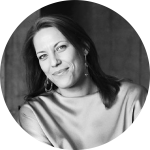
Veronika Jošková Štefanová has a PhD from the Department of Theater Studies of Charles University in Prague where she explored contemporary circus as dramatic arts. She occasionally teaches at the Academy of Performing Arts in Prague and the University of Economics and Business. Veronika supervises the library, documentation, and research section of Cirqueon, the umbrella organisation for the support and development of contemporary circus in the Czech Republic. She works as a reporter for the culture section of Czech Radio, editor-in-chief of Cirqueon Circus Podcast and has published several articles, studies, and scholarly publications in journals.
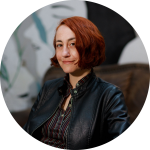
Valentina Barone is a freelance cultural manager and editor specialising in the contemporary circus and live performance sector. Since 2021, she has been Director of International Relations at the CircusDanceFestival in Cologne (Germany). She holds a BA in Performing Arts Techniques and a Master's degree in Relationship Design. She works with the international network Circostrada (France) and is an active member of the Cirkus Syd' Circus Thinkers Platform (Sweden). Valentina is the coordinator of the international digital platform Around About Circus.



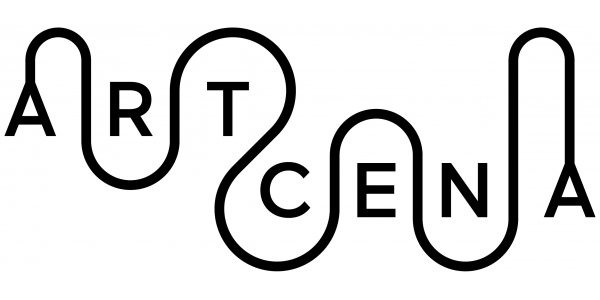

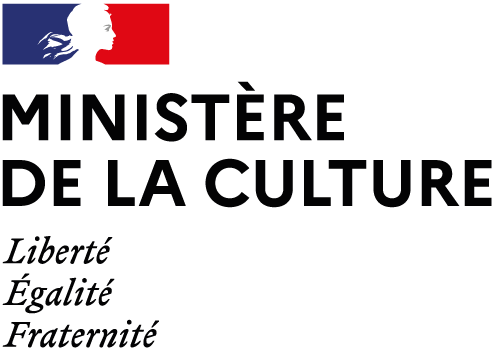
write us: infocircostrada@artcena.fr